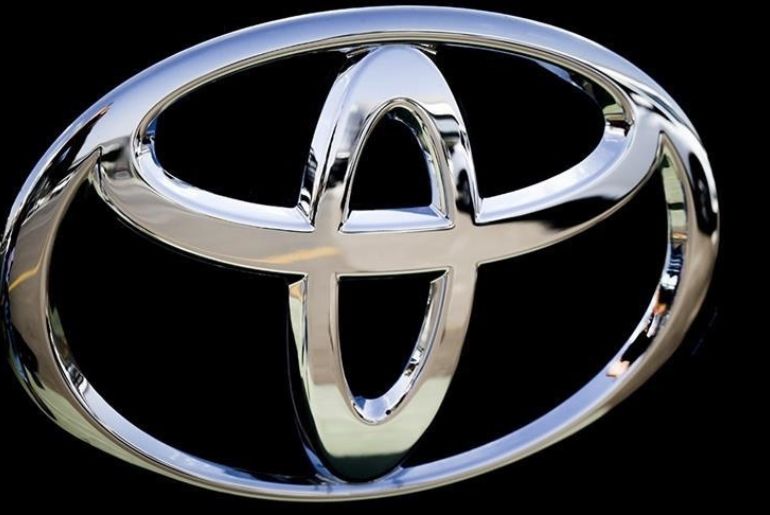Toyota has unveiled a major investment plan worth US$912 million to expand hybrid vehicle production across five of its key U.S. manufacturing facilities. The move comes as demand for hybrid-electric vehicles continues to surge in the United States, reinforcing Toyota’s long-standing strategy of prioritizing hybrids as a core pillar of its electrification roadmap.
The investment will be directed to plants located in Kentucky, Mississippi, West Virginia, Tennessee, and Missouri, strengthening Toyota’s American manufacturing footprint and creating 252 new jobs. This expansion aligns with the company’s broader commitment to invest up to US$10 billion in its U.S. operations over the next five years.
A significant highlight of the announcement is Toyota’s decision to begin manufacturing hybrid versions of the popular Corolla sedan in the U.S. for the first time. By localizing hybrid production, Toyota aims to reduce supply chain risks, shorten delivery timelines, and better serve the rapidly growing customer base choosing hybrid models over fully electric vehicles. Hybrids remain one of Toyota’s strongest-selling segments in North America, driven by their fuel efficiency, lower running costs, and proven reliability.
The West Virginia plant will ramp up hybrid transaxle production, while facilities in Kentucky and Mississippi will expand assembly operations to support the Corolla Hybrid rollout. Meanwhile, the Tennessee and Missouri plants will receive upgrades to enhance electric motor component manufacturing. We expect these upgrades to significantly enhance Toyota’s hybrid output and support the brand’s long-term electrification goals.
Toyota executives said the investment underscores the company’s “build where we sell” philosophy, keeping U.S. manufacturing central to its growth strategy. As federal incentives and state-level policies increasingly favor clean mobility, Toyota’s focus on hybrid scalability positions it strongly in the evolving American automotive landscape.
With this latest funding boost, Toyota aims to meet rising consumer demand, accelerate its hybrid leadership, and strengthen its role in the transition toward cleaner, more efficient transportation technologies in the United States.

